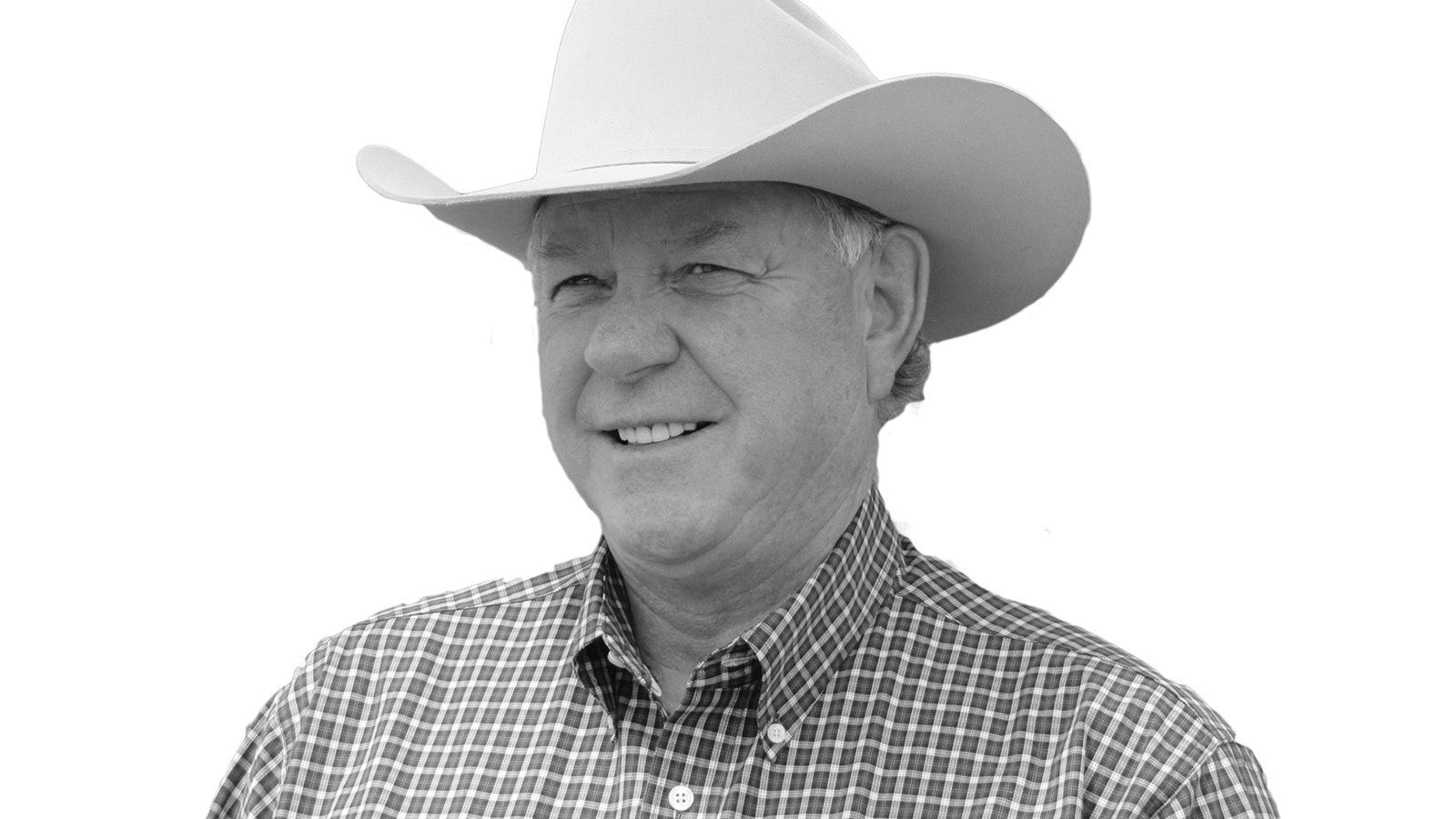A week ago today, I was walking down Constitution Avenue with hundreds of thousands of my closest friends.
It was the 52nd annual March for Life. And the energy was higher than ever.
The March for Life is both the largest demonstration in the world and the longest running. The amazing Nellie Gray organized the first March in 1974, and continued to do so until her death in her late ‘80s. It is held each year on the anniversary of the terrible—now overturned—decision of Roe v. Wade.
Starting at the Washington Monument on the National Mall, the marchers walk past the Capitol Dome, to the U.S. Supreme Court building. There they stand together to petition the Court to live up to the motto carved into its majestic stone: Equal Justice Under Law.
The sheer numbers of marchers dwarf the countless smaller demonstrations that Washington sees throughout the year. One might think it would garner much attention from the national press and from politicians. Instead, congress goes AWOL during the March, and network news cameras are scarce.
But in 2017 President Trump sent his vice president to address the massive crowd in person.
That was a game-changer. Donald Trump addressed the marchers via video link from the Oval Office over the next years, then became the first sitting president to appear in person, at the 2020 March.
This year, for the first time ever, congressional leadership showed. Senate Majority Leader John Thune and House Speaker Mike Johnson, together with Florida Gov. Ron Desantis, spoke to the marchers. Then, after a video address from President Trump, Vice President J.D. Vance made his first post-inauguration public appearance by delivering a powerful speech yards from where I stood.
The engagement of the highest officials in American government would never have come about without the achievement that is the March itself. Roe has been overturned.
A gathering of people shattered the cone of silence surrounding this divisive issue.
The pro-life movement entails hundreds of organizations across America. Legal teams, political action groups, and issue advocacy organizations work year-round. Pregnancy resource centers, local Right to Life chapters, and church groups in every corner of America speak for the unborn who cannot speak for themselves.
They distribute millions of dollars to pregnant women who are anxious and alone. They provide diapers, parenting classes, and ultrasounds, and offer counsel and emotional support. They help state and federal legislators craft common-sense laws that protect women from the exploitation of the abortion industry. Then they defend those laws before the courts.
But on one Friday in January, they are not alone. The March for Life has become the national gathering of a wildly diverse movement. They come together in time and space to benefit from the common energy and amplify a common message.
During the march, Constitution Avenue is a kaleidoscope of groups from every religion and every state. Catholics, Lutherans, Evangelicals, Baptists, and Anglicans encounter LDS and Atheists in common cause.
Our Lutheran group—marked by lime green hats—belted Lutheran hymns while we walked. Others walked in silence, some chanted slogans or marched with drums. When crowd currents squeezed two different groups together, it frequently sparked a game of “who could out-chant, or out-sing, or out-drum the other.”
As I walked through this cacophony, it struck me that this is the genius of American government.
Each group was staunch in its religious beliefs. But even in the rivalry, people shared smiles and friendly words of appreciation for the other’s contribution to the cause.
The 17th century unleashed bloody conflict across Europe as rival religious denominations warred to control the levers of government power.
Then, the founders of America sought a different way. Rather than establishing a state religion to control the government, why not bring all religions to a place where they can find consensus on the things that matter most? Thus, the United States Constitution was born.
The March for Life is a microcosm of America as it was meant to be. We can come together on important issues without compromising the integrity of our conscience and convictions. We can bump, jostleand outshout each other in this grand march toward “Equal Justice Under Law.” All while singing the praises of the God who inspires our love for others.
This 52-year-old gathering has been a key ingredient in awakening the American conscience to beat back powerful forces of darkness. The March for Life can also teach us how to tackle the myriad other challenges we face today.
Don’t take my word for it. Go to Washington next January and experience it for yourself.
Jonathan Lange is a Lutheran Church — Missouri Synod pastor in Evanston and Kemmerer and serves the Wyoming Pastors Network. Follow his blog at https://jonathanlange.substack.com/. Email: JLange64@protonmail.com.





